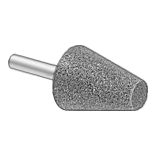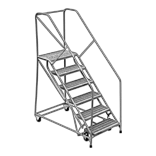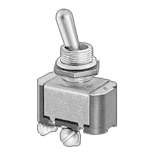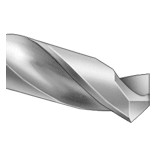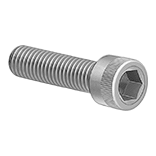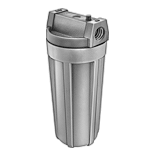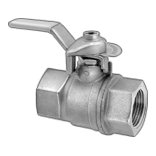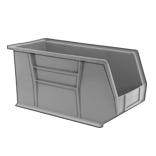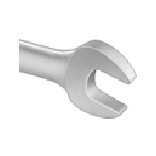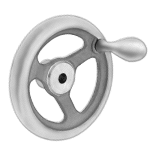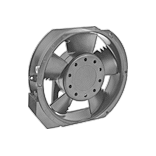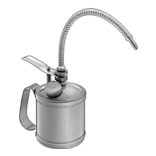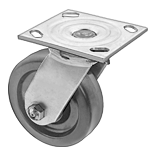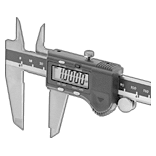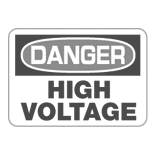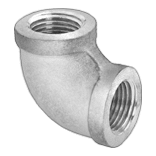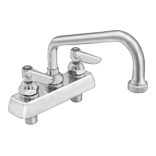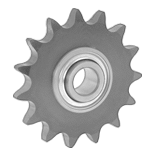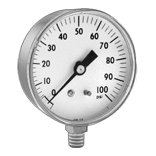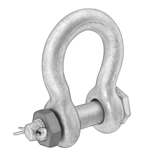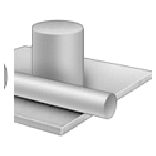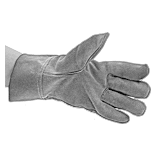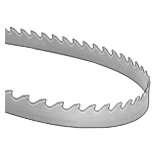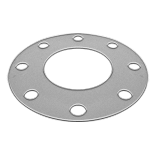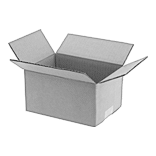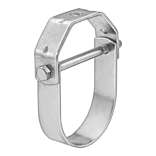About Plastic and Rubber Tubing
More
About Metal Tubing
More
Static-Control Hard Plastic Tubing for Air
- Semi-Flexible
- Compatible with Barbed, Compression and Push to Connect Tube Fittings
- Hard (Durometer 45D)
- Temperature Range: 35° to 100° F
To protect sensitive equipment, this tubing is made of nylon that’s specially formulated to let currents pass through, preventing static electricity buildup. It’s often used as a safeguard in pressurized air systems. Comparable to UL 94 V-0, the material is flame resistant and delays the spread of flames. It’s opaque, so you cannot see inside.
For technical drawings and 3-D models, click on a part number.
| ID, mm | OD, mm | Wall Thick., mm | Bend Radius, mm | Max. Pressure | Color | Lg., ft. | Each | |
Opaque Antistatic Nylon Plastic | ||||||||
|---|---|---|---|---|---|---|---|---|
| 2.5 | 4 | 0.75 | 12 | 170 psi @ 72° F | Black | 65 | 00000000 | 000000 |
Moisture-Diffusing Hard Plastic Tubing for Air
- Semi-Flexible
- Compatible with Compression Tube Fittings and Push to Connect Tube Fittings
- Hard (Durometer 60D)
- Temperature Range: 32° to 140° F
Made from PFA plastic, this tubing keeps condensation from forming by diffusing water vapor. It’s often used with air cylinders, air-operated valves, and other compressed-air equipment. Steel supports inside the tube ends keep the tubing from collapsing, so you can create a strong seal with push-to-connect fittings. Tubing is clear so you can monitor flow inside the line. Over time, the color will change to brown, but this does not affect performance. Tubing dimensions may vary slightly based on the temperature and humidity of the environment.
Straight tubing is more rigid than coil tubing, so it’s used for gradual bends. It’s often paired with stationary equipment.
Coil tubing has tube ends that face the same direction, so it’s used for sharp bends. It’s often used to connect moving parts.
Inline coil tubing has ends that face opposite directions. It’s used to make inline connections between straight tubing and components that rotate.
Note: Do not cut tube ends or remove tube supports.
For technical drawings and 3-D models, click on a part number.
Welded Stainless Steel Tubing

When your application does not require a smooth interior, this tubing is an economical choice. It has a weld bead on the inside.
304 stainless steel has very good corrosion resistance.
316 stainless steel offers excellent corrosion resistance.
For technical drawings and 3-D models, click on a part number.
- Temperature Range: -420° to 600° F
- Bending Method: Tube Bender
Brass Tubing

Frequently used in a wide range of plumbing applications, this tubing holds up well in mildly corrosive environments. Tubing is seamless, so it has a smooth interior for unrestricted flow.
For technical drawings and 3-D models, click on a part number.
